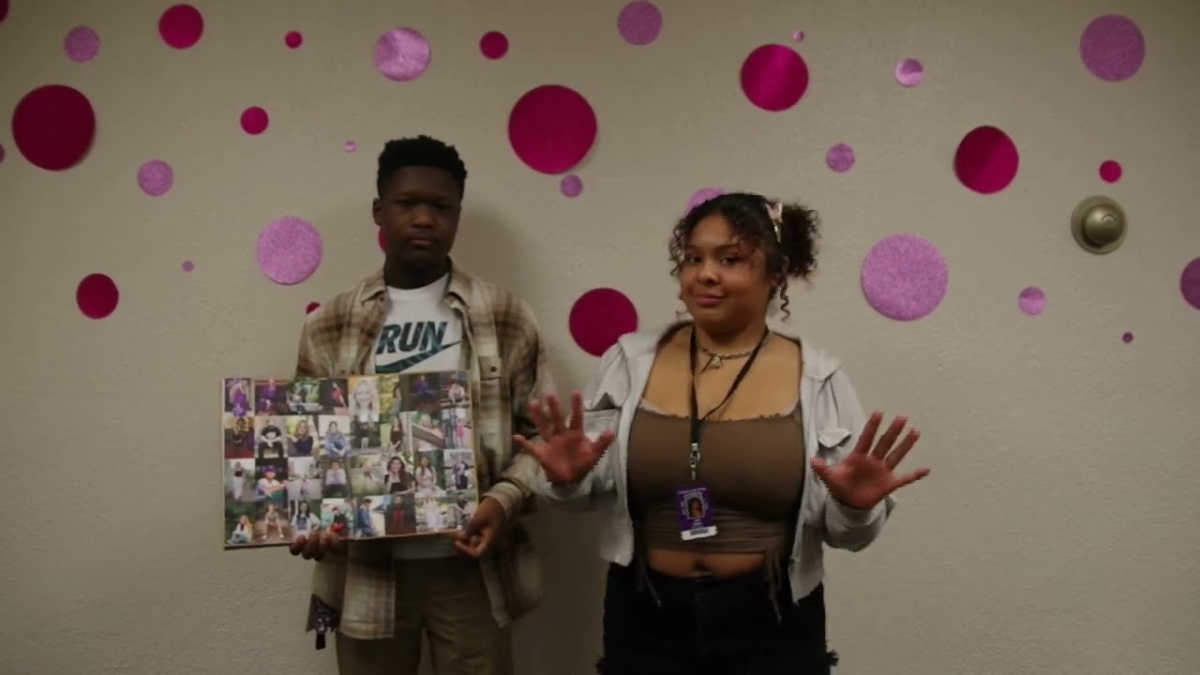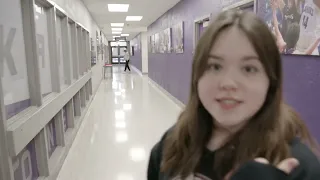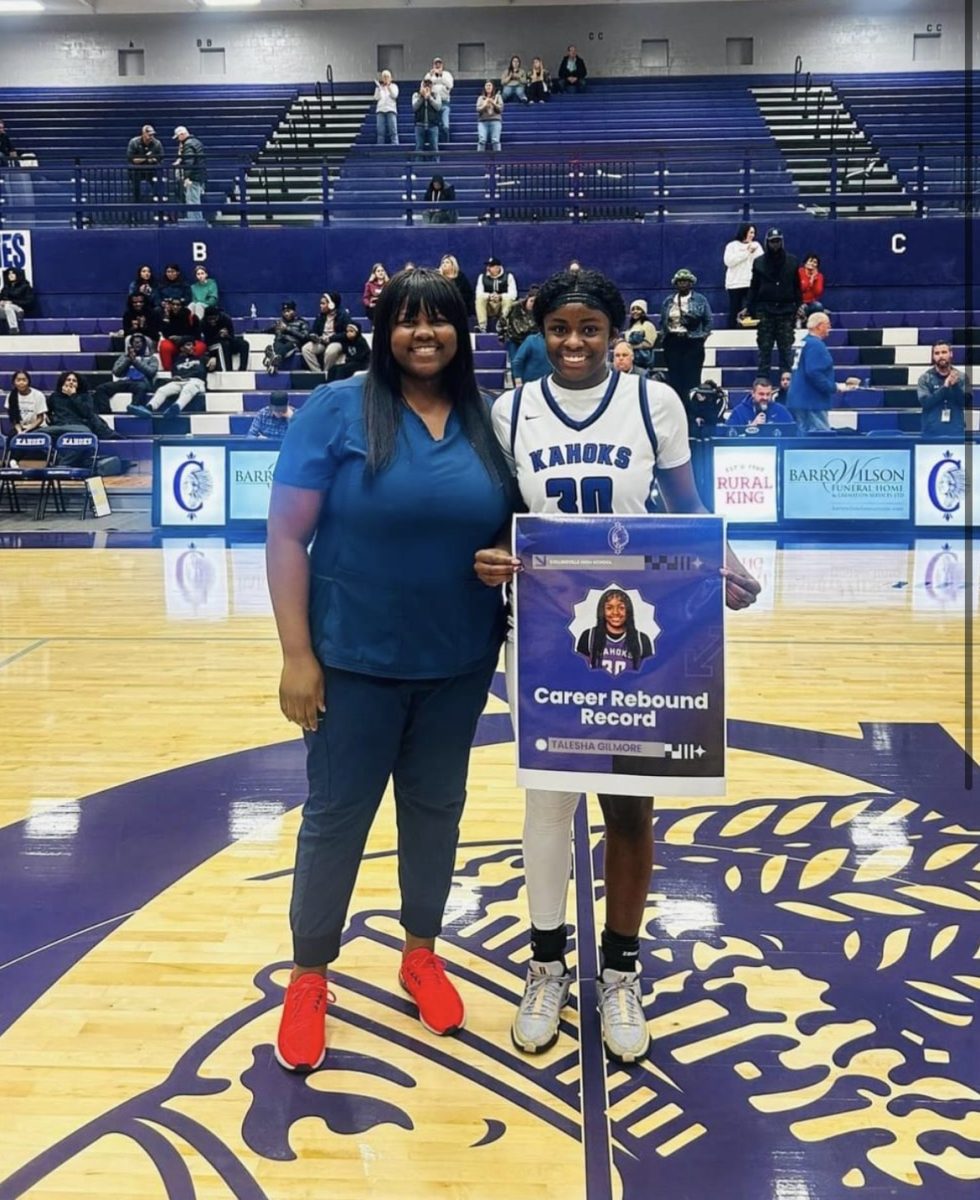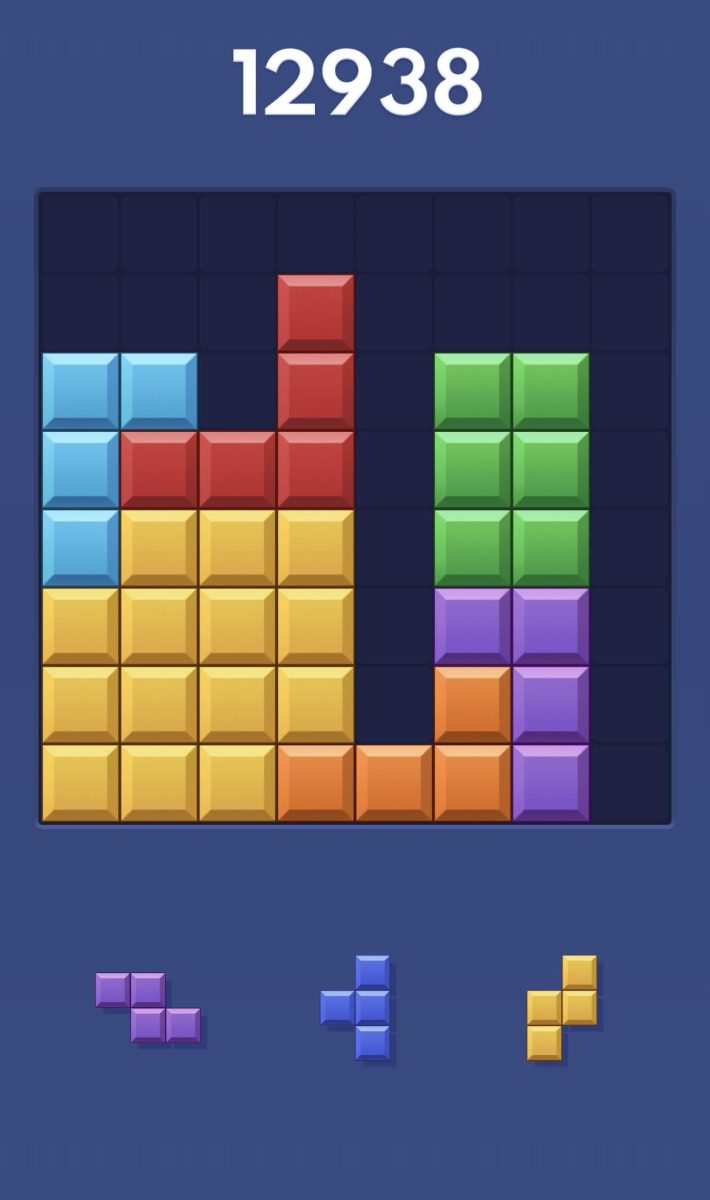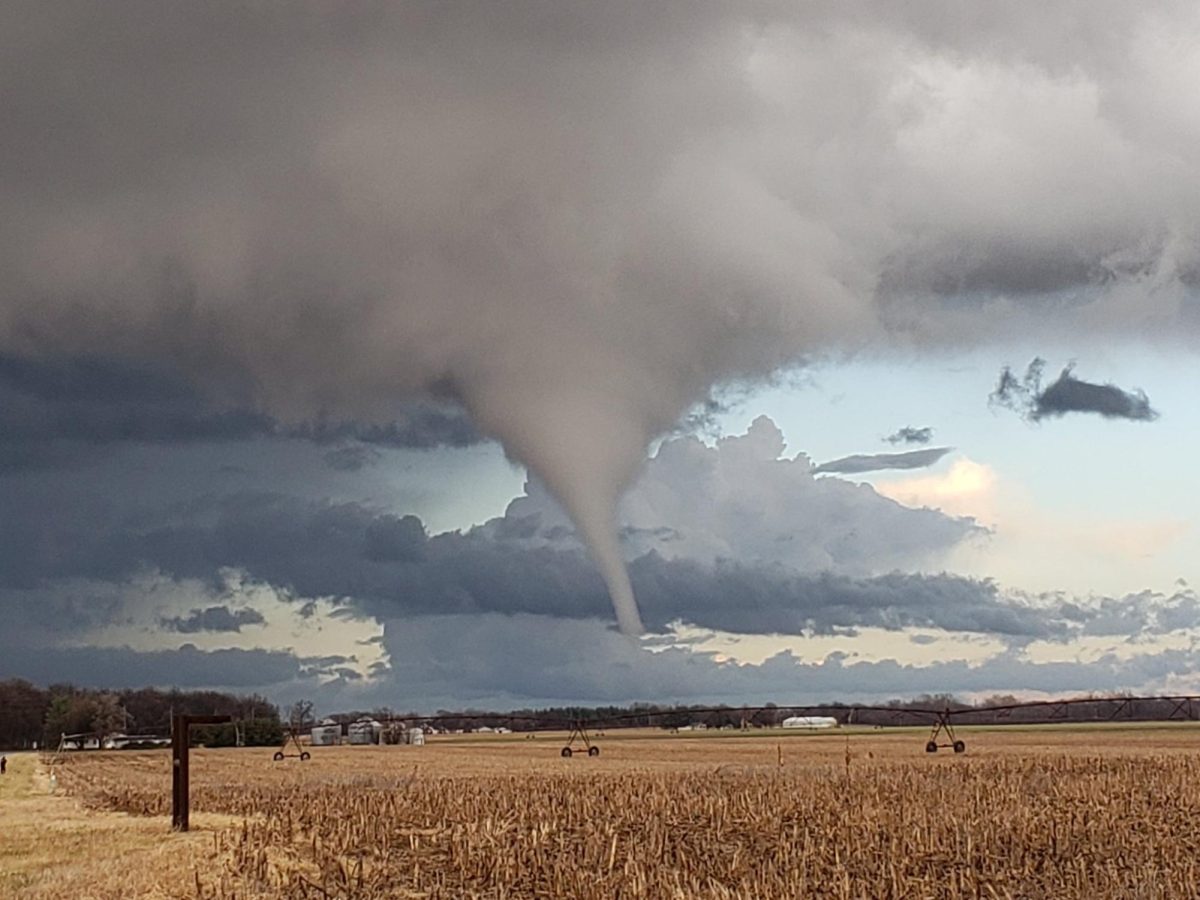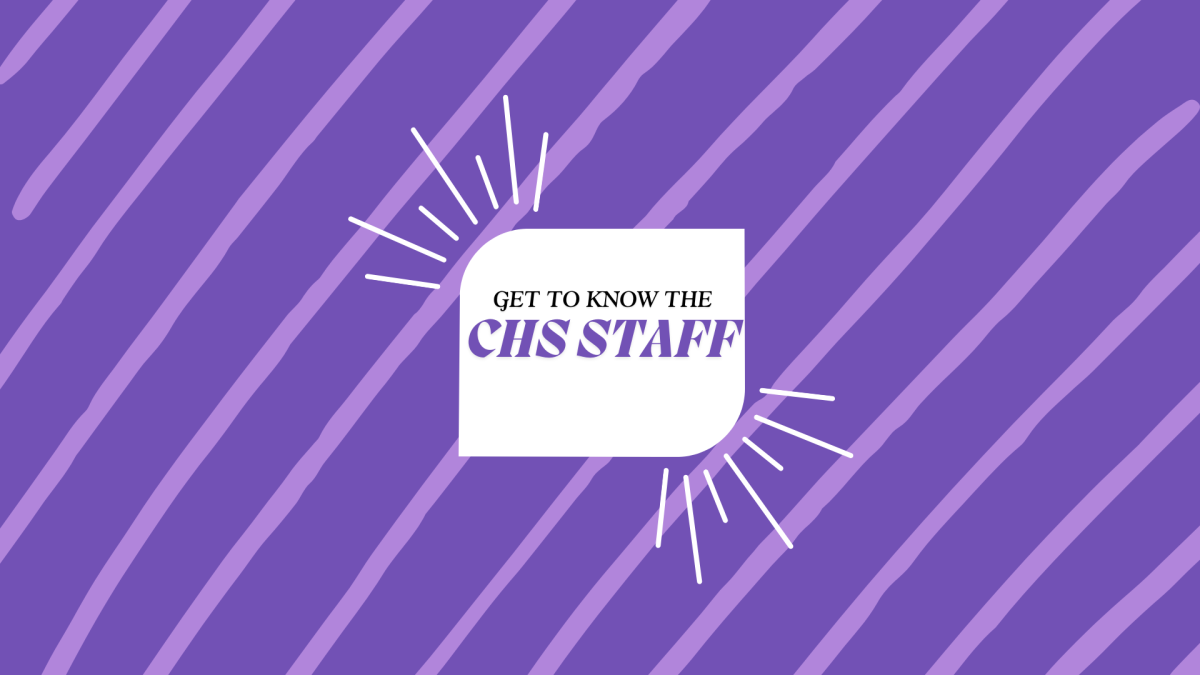Hybrid Learning challenging for many
January 19, 2021
Failing grades have been a problem for just under half of CHS students this 2020-2021 school year. When all students were remote, school seemed to run smoothly because the teacher’s attention was focused on the students on the Google Meet. Once school switched to a hybrid schedule, it became more difficult to feel part of the class and get the teachers’ attention.
Some classes at CHS do not include daily Google Meets and I believe that can cause some issues. When we don’t have access to Meets, we are not able to communicate with the teacher at the time of the instruction or ask a question. Yes, we are able to email our teachers back and forth but how does that really help? Emails don’t show demonstrations; they give a short explanation that can cause easy confusion. Instructors may send video lessons that offer a little assistance, but that doesn’t allow us to ask questions at that exact moment.
Some teachers do offer daily Meets, but they struggle giving remote and in-person students the same attention. When teachers are instructing, it can be difficult for them to notice a remote student’s hand being raised on the computer screen to ask a question, where they are able to likely see the hand raised for an in-person student.
There are some things that teachers can consider doing to help engage the remote students. Teachers who don’t have Google Meets can require one-on-one Meets with their students if they are falling behind with the work. To help both the teachers and students there are two attachments to help with being able to raise hands and also give work explanations. The first is named Nod-reactions for Google Meets. It allows students to press one button and a raised hand shows on the teachers screen with a name. The actions appear on the screen for a few minutes, giving time for it to be seen unlike the Meets’ chat room.
The second one is called Mote, which allows students and teachers to attach voice comments on assignments for better and less confusing explanations. Both attachments can make it easier for students and teachers alike.

